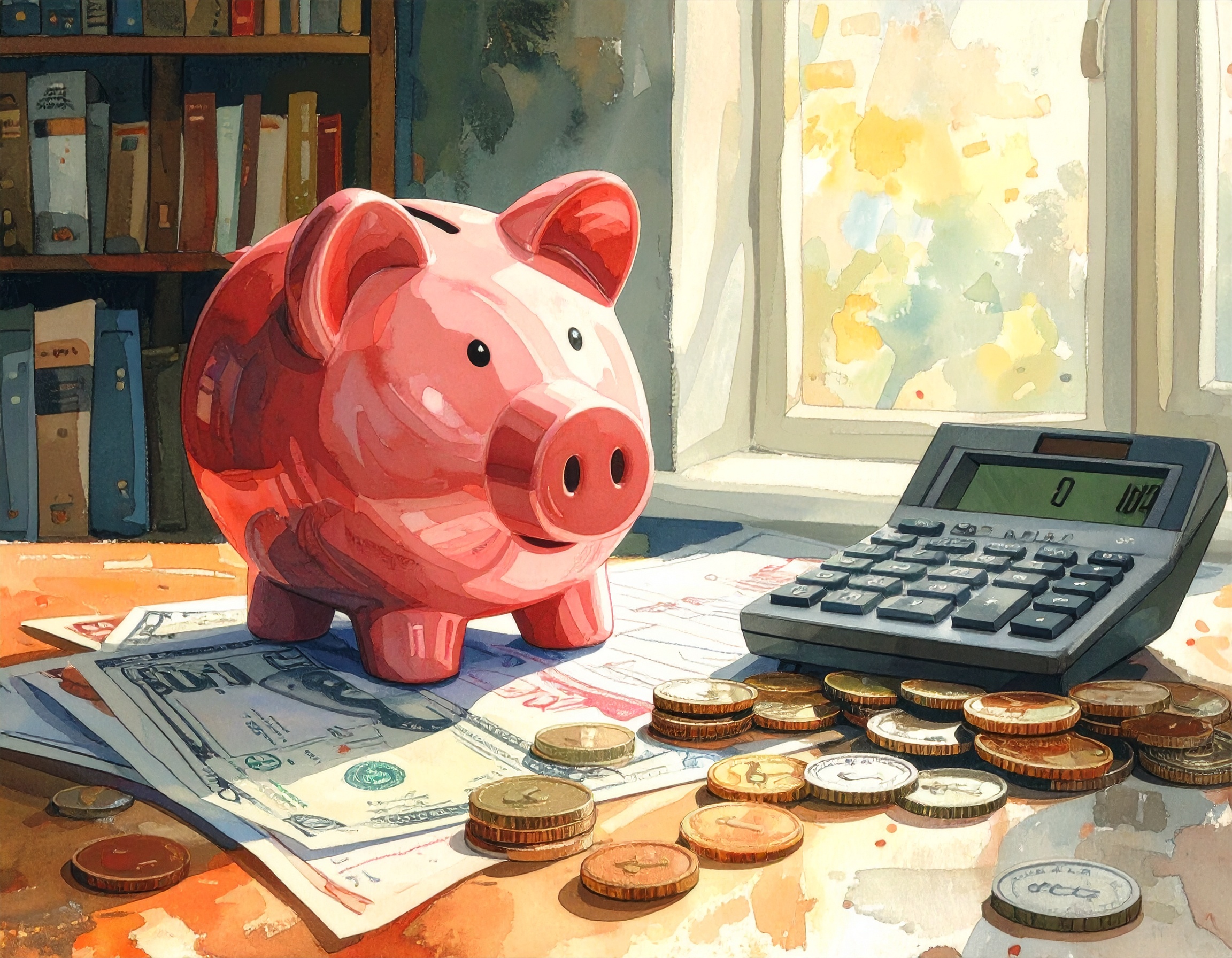
At Wise-Wallet, personal finance is a journey.
Read MoreCorrect! Nice Job!
Small monthly fees feel insignificant in isolation — $9.99 sounds cheap — which is exactly why subscription creep is so effective. Subscriptions are charged repeatedly, often on autopay, and people forget trials, add-ons, or multiple accounts across different services. Annualizing the cost quickly reveals the real impact; simple arithmetic transforms “no big deal” into a meaningful annual expense. For example: 9.99 × 12 = 119.88, which rounds to about $120 per year. That single subscription could instead buy a useful book, contribute to an emergency fund, or be combined with others more efficiently. People tend to underestimate the sum of many small recurring services: two or three $9.99 subscriptions plus a few smaller app subscriptions and a cloud service can easily exceed several hundred dollars per year, especially when family plans or multiple-device fees multiply the cost. The psychology behind it — low friction, autopay convenience, and small incremental mental cost — makes subscriptions leak money silently.
Practical defenses include doing a quarterly subscriptions audit, checking bank statements for recurring charges, and cancelling unused services (pause before cancelling if you want to test usage). Use family/household plans where that reduces per-person cost, but compare whether the bundle actually saves money versus pick-and-choose. Consider annual billing discounts — some services offer a lower effective monthly cost when paid yearly — and explicitly calculate the yearly price before committing. If you have many subscriptions, consider a simple spreadsheet or an app that lists renewal dates and costs; seeing the yearly total is powerful motivation. Finally, beware of “free trial” rollovers and autop-renew policies — set calendar reminders to cancel before the trial ends if you don’t want the paid plan. The key takeaway: a $9.99 monthly subscription is indeed about $120/year; treat recurring small fees like any other budget line and evaluate annually.
By Quiz Coins
A HELOC (home equity line of credit) functions like a credit card secured by your home’s equity and carries variable rates and repayment risks.

Pick cards to match your life: cashback for simplicity, travel cards for frequent flyers who use perks, and balance-transfer cards to crush debt — then automate, pay in full, and track value.
Read More
Build a simple, automatic emergency fund by choosing a target, automating transfers, and using low-effort saving hacks — no spreadsheets required.
Read More